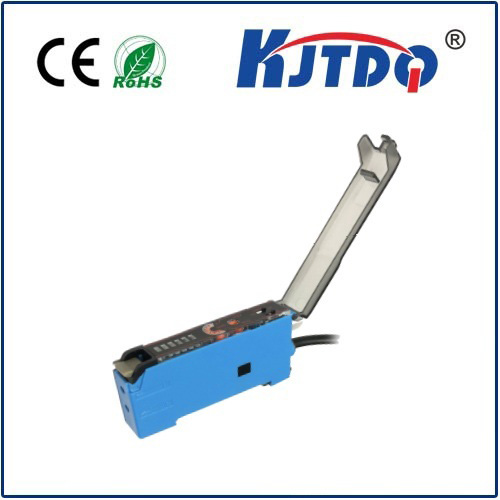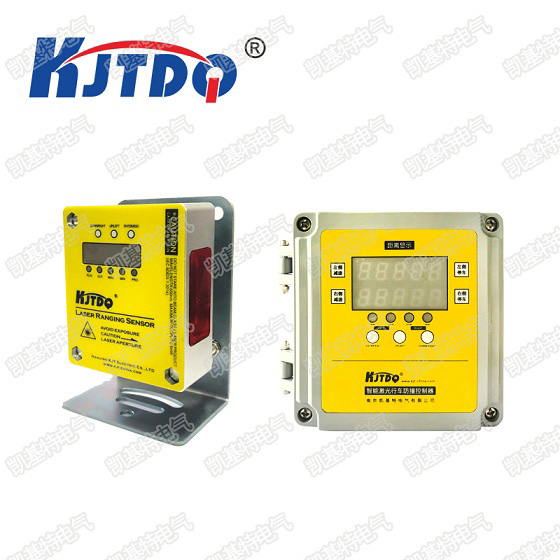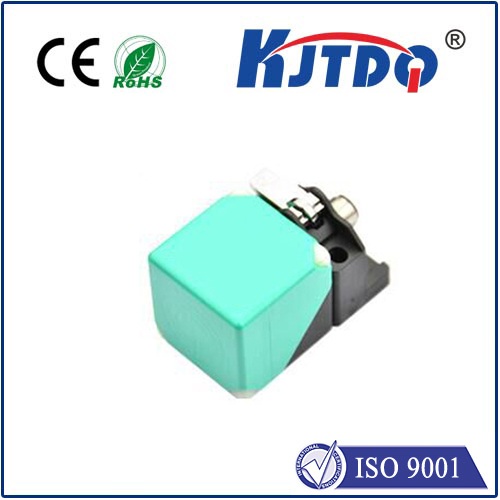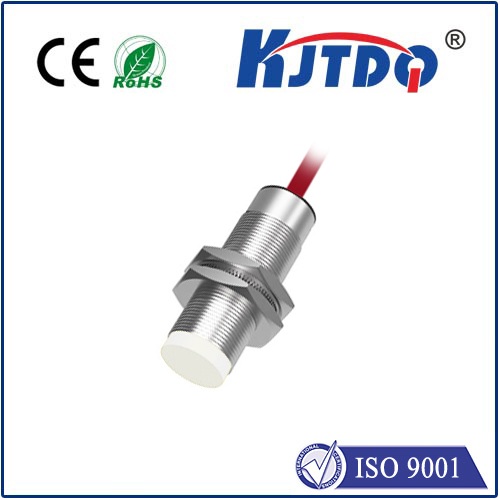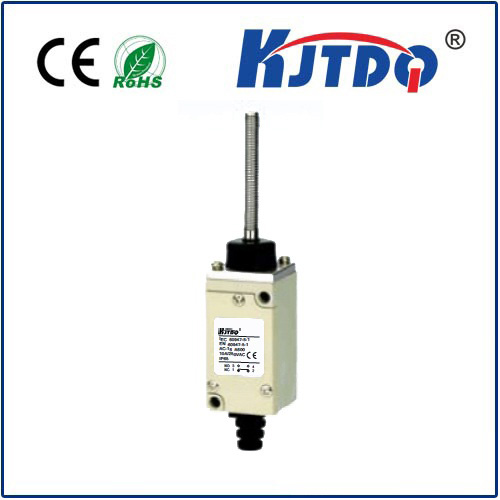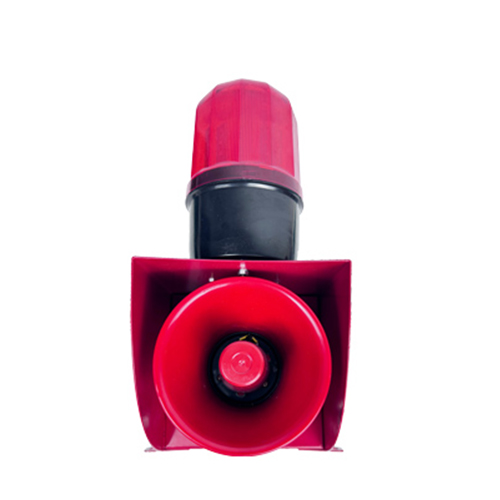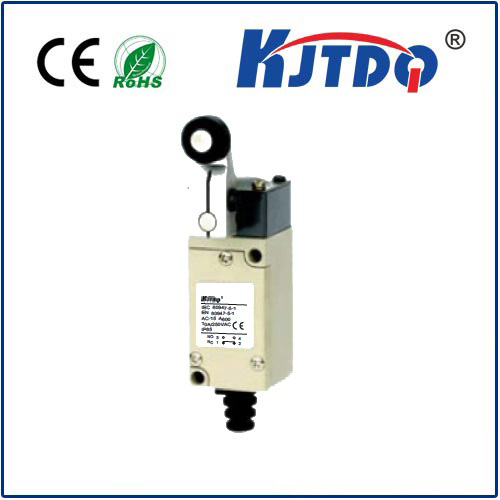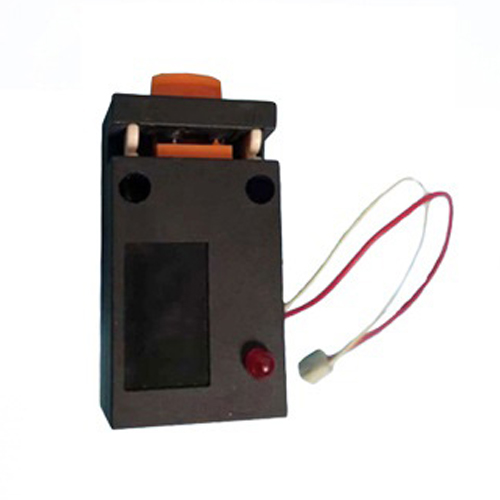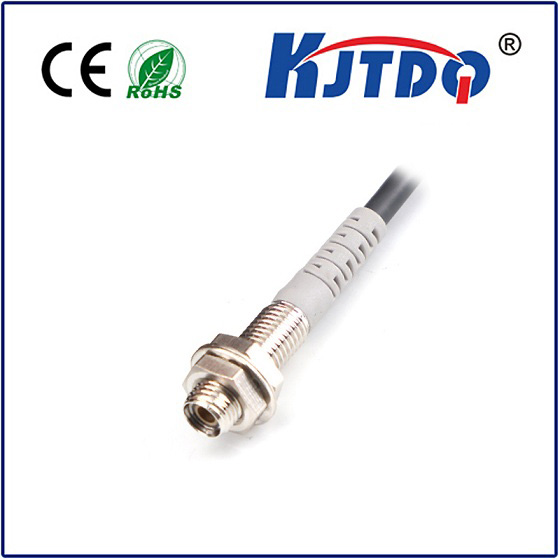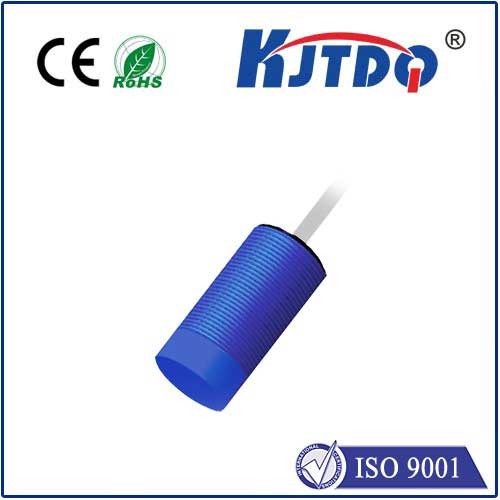

check

check

check

check
Title: The Power of CCD Laser Micrometers in Modern Engineering
In today's fast-paced world, precision engineering is more important than ever. One key tool used in this field is the CCD laser micrometer, a device capable of measuring extremely small distances with incredible accuracy. This article will explore the many applications of CCD laser micrometers and their role in modern engineering.
CCD Laser Micrometers: A Brief Overview
A CCD (Charged Coupled Device) laser micrometer is a type of optical sensor that uses a laser beam to illuminate an object and measure its reflection. The reflected light is then analyzed by a photodiode, which converts it into an electrical signal. By measuring this signal, the micrometer can determine the distance between the object and the lens, as well as any defects or imperfections on the surface.

The Advantages of CCD Laser Micrometers
There are several advantages to using CCD laser micrometers over traditional methods. First and foremost, they offer unparalleled precision, allowing engineers to make measurements that are accurate to within a few microns. This level of accuracy is essential for many applications, including manufacturing, quality control, and scientific research.
Another benefit of CCD laser micrometers is their speed. Because the sensor can operate continuously without needing to be recalibrated, it can save time and money in high-volume manufacturing environments. Additionally, CCD laser micrometers can operate in a variety of environments, from extreme temperatures to high levels of vibration and dust.
Applications of CCD Laser Micrometers in Engineering
There are countless applications for CCD laser micrometers in engineering. In the semiconductor industry, they are often used to inspect the surfaces of chips and other electronic components for defects. In the automotive sector, they can be used to measure the thickness of paint and other coatings on vehicles, ensuring compliance with safety standards.
In medical imaging, CCD laser micrometers are used to create detailed images of internal organs and tissues. By detecting even the smallest differences in texture or shape, these sensors can help doctors diagnose and treat a wide range of conditions. In addition, CCD laser micrometers are used in environmental monitoring to detect pollutants and other contaminants in water and air.
Conclusion
As our understanding of engineering continues to advance, so too does our need for precise measurement tools. CCD laser micrometers play a crucial role in many aspects of modern engineering, offering incredible accuracy, speed, and versatility. By leveraging the power of these devices, engineers can create products that are not only safe and reliable but also truly innovative.
